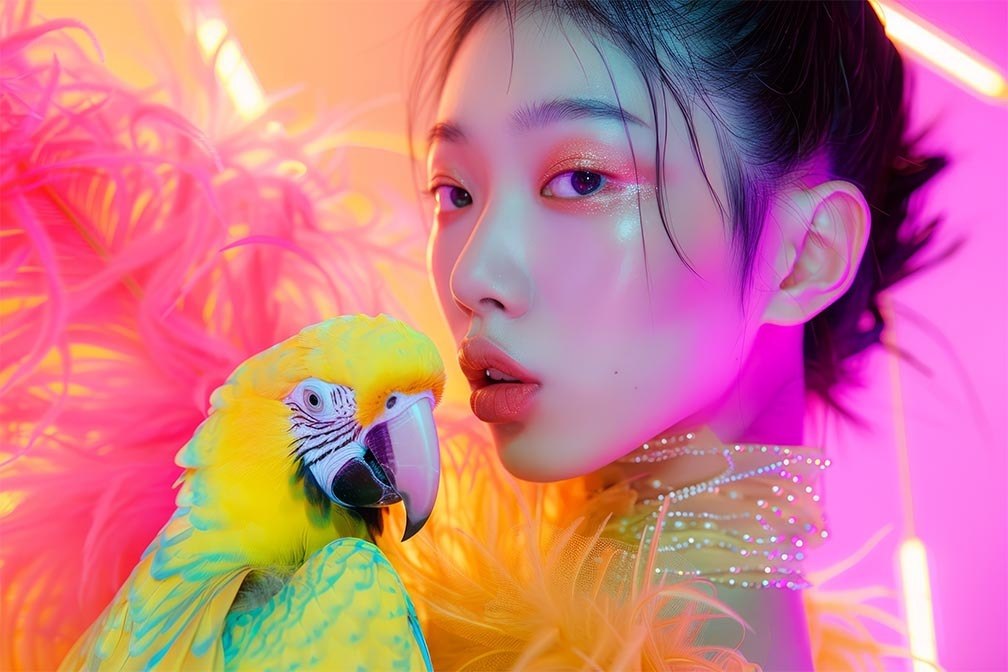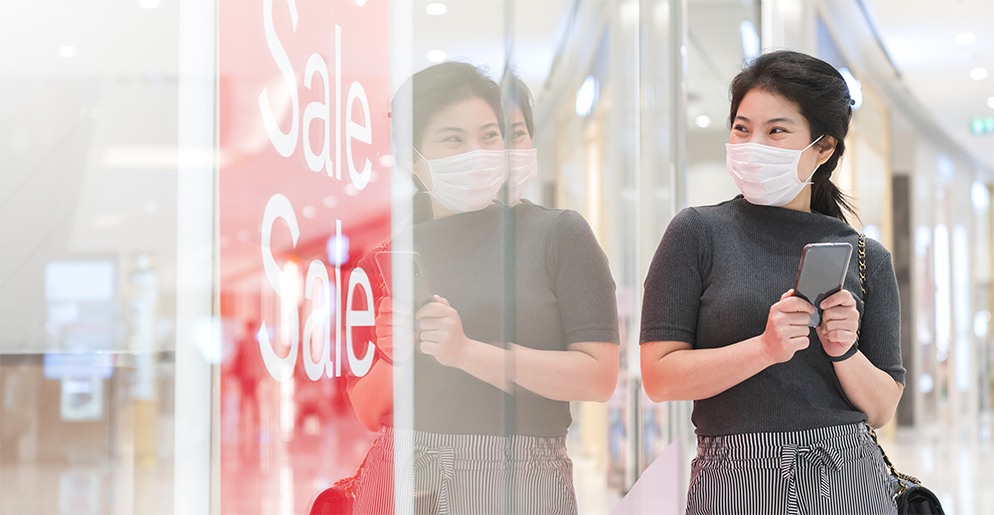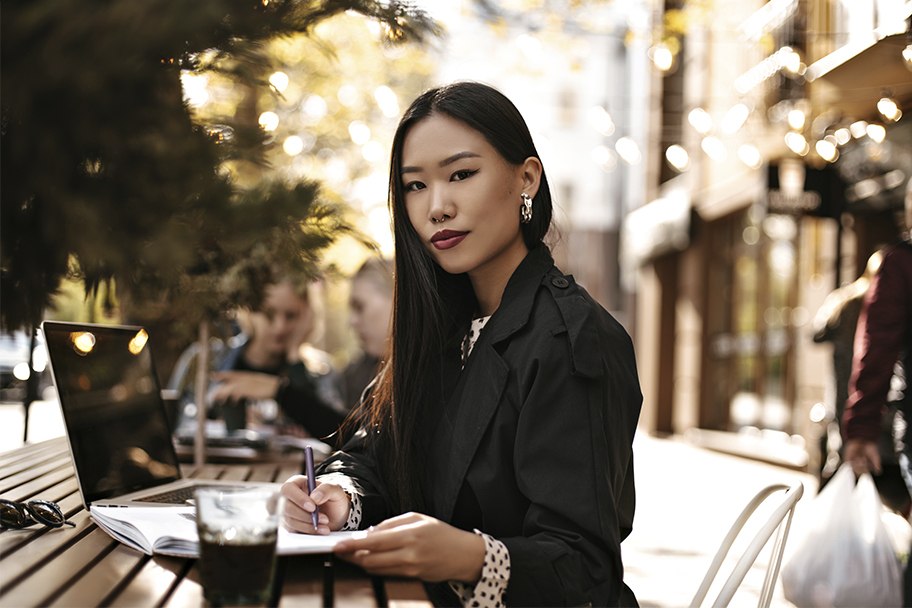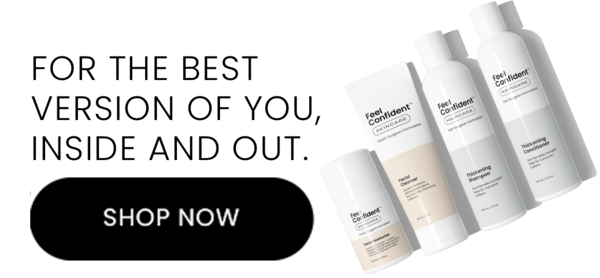

K-Pop (Demon Hunters anyone?) and impossible beauty standards? A lot has been going on in Korea regarding plastic surgery. Let’s unpack!


Perhaps you’ve caught onto the K-Pop music trend or had Netflix’s K-Pop Demon Hunters recommended by a niece, nephew, or your very own viewing algorithm. Either way, Korea’s cultural wave is impossible to ignore. From viral skincare products to coveted street style and otherworldly pop stars Korean beauty ideals and culture are reshaping international expectations. But where does South Korea’s plastic surgery industry fit into the trend and what glimpse does it offer us into our own beauty ideals and cosmetic enhancement chasing behaviour?

In western culture, a celebrity facelift or nose job is often whispered about, denied, or mocked (though that’s been increasingly changing, with Krissy Tiegan, John Cena, a handful of Kardashians, and others fessing up). In Seoul? It’s a different story. I recently reacted to a video on the persistence of Cosmetic Surgery in Korea, and the insights were fascinating. There, plastic surgery is open, advertised, and in many ways celebrated. Before-and-after photos of K-Pop idols are easy to find, and patients openly praise surgeons online for their work. For quite a while now, cosmetic surgery in South Korea has been less a guilty secret (like it is in the west) but part of an accepted path toward self-improvement and netting better career opportunities.
And surveys back this up. A 2020 Gallup Korea poll found that nearly 70% of Koreans don’t view cosmetic surgery as taboo, and roughly one in three women in their 20s and 30s have had a procedure. For men, interest in cosmetic surgery is climbing as well, with many seeking liposuction or hair restoration.
The “look” driving the Korean cosmetic industry is often described as K-Face (like K-Pop): large eyes with double eyelids, a slim jawline, pale luminous skin, a high nasal bridge, and delicate body proportions. Unlike how it is frequently mischaracterized, these ideals have nothing to do with trying to “look Western” (though some sought after features do overlap). The coveted beauty features are reflective of long held Korean beauty standards. Many historians have noted that pale skin was prized in Korea as far back as 100 BCE because it symbolized wealth and freedom from outdoor labor. Similarly, double eyelids became aspirational in the 20th century due to East Asian film stars who had the trait, not Hollywood.
The result is a very distinct aesthetic; different from Western “Instagram Face” but just as homogenous. And as procedures become more targeted and precise, everything from calf Botox to nostril slimming injections are marketed as steps toward that elusive perfection.

You might be asking: where does plastic surgery fit into this beauty aesthetic? It’s where South Korea really stands out from other beauty capitals. Starting in the mid-2000s, the Korean government actively promoted plastic surgery as a pillar of medical tourism. Clinics clustered in Seoul’s Gangnam district, where today more than 400 cosmetic clinics operate in just a square mile, was the epicenter.
It’s estimated that almost half a million foreign patients travel to South Korea each year for cosmetic procedures. Packages often resemble travel itineraries: book a double-eyelid surgery and enjoy a city tour the next day. Some clinics even advertise “surgery museums” or partner with influencers who broadcast their surgical journeys to legions of fans. It can feel more like a vacation brochure than medical consent paperwork and the marketing is slick.
I’ve said it before; I’ll say it again: surgery abroad is appealing because it’s advertised as cheaper than a procedure stateside. There’s an inherent problem with bargain shopping for surgery because you’re not putting your results and safety first, you’re thinking with your wallet. Traveling abroad for surgery means recovery happens far from your surgeon, with limited access to follow-up care. If something goes wrong, local regulations may not provide the same protections or legal recourse you’d have at home. And because cosmetic tourism is profitable, governments may be less inclined to spotlight complications.
Like any surgery, cosmetic procedures carry risks: infection, scarring, asymmetry, even life-threatening complications. In South Korea, concerns about “ghost doctors” (unqualified or substitute surgeons performing procedures under the name of a more famous doctor) have raised alarm. Patients are often unconscious and unaware of who is operating on them. Though it’s illegal, enforcement is next to impossible.
Even when complications don’t occur, there’s the issue of regret. The way we feel about our appearance at 18 may not be the same at 28 or 38 (Freaky Friday’s Jamie Lee Curtis recently discussed her rhinoplasty as a young actress). Cultural pressure and sales pitches can also make surgery feel less like a choice and more like a requirement for acceptance, employment, peer approval, even parents. The pressure on youth to conform is so commonplace that some Korean clinics even advertise discounted “graduation packages” to teenagers finishing high school.

Why has cosmetic plastic surgery become so normalized in Korea? Partly because appearance there has real social and economic consequences. Until 2019, Korean job applications routinely required headshots and “neat” or “attractive” were often listed as candidate requirements. One poll found nearly 40% of Koreans had faced discrimination in the job market based on their appearance alone.
Surgery is more than vanity; it’s an investment in one’s future. For parents, encouraging surgery for a child can feel like equipping them with the “credentials” needed to succeed, though not everyone is buying in. A growing movement called Escape the Corset is challenging Korea’s beauty culture head-on. Members shave their heads, ditch makeup, and reject the idea that looking “improved” is a prerequisite for success. However, it’s a radical stance. Many activists face social backlash (even from their own families), despite sparking an overdue conversation about women’s rights, body autonomy, and unrealistic standards.
And the younger set is listening. Between 2015 and 2018, beauty product sales among 20-year-old Korean women dropped significantly. While it’s too early to call it a cultural sea change, Koreans are beginning to question whether their appearance (and whether they’re willing to undergo surgery) or talent should dictate their future.
(And possibly your nieces, nephews, kids, drawn up into K-Pop style?)
Korean beauty trends are resonating far beyond Seoul, but it’s not K-Pop specific, it’s part of a greater global beauty question: How far should we be willing to go to be beautiful and fit in? K-Pop, Netflix starlets, and TikTok filters are pressuring so many young people worldwide to conform. It’s brutal on a developing young brain. At the same time, advances in procedures (like scarless surgeries, hair transplants or micro-Botox and other injectables) and the ages they’re being performed at, are reshaping what “normal aging” looks like everywhere.
So what’s my takeaway? Plastic surgery, in Korea or anywhere else, isn’t going away. But the healthiest approach is one grounded in realism: seeing it as a tool, not a ticket to self-worth. Whether you admire K-Pop’s polished idols or reject beauty standards altogether, the most important outcome is not looking like someone else, but feeling confident in yourself.
Korea’s plastic surgery industry is powerful, profitable, and global—but it’s also a reminder that beauty ideals are never neutral. They’re cultural, historical, and often political. If you’re considering surgery yourself, take the time to learn the risks, vet your surgeon, and most importantly, make sure the decision is truly your own.
And, if you’re ready to book a consultation, visit us at City Facial Plastics so we can explore your goals and options together!


City Facial Plastics 150 E 56th St, #1AB, New York, NY 10022 (212) 439-5177